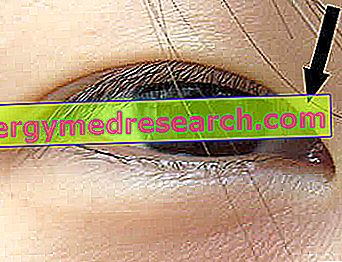The arthrosic process
The initial triggering event may remain unknown, or it may be represented by a trauma or by wear due to an abuse of the joint, or by an incongruity of the articular heads due to articular diseases of various origins, or even for vascular damage or for a impaired innervation, or due to endocrine causes that induce joint damage (acromegaly, Cushing, drugs with cortisone, hypothyroidism, diabetes mellitus).
The first lesion consists of a softening and a flattening in the seat of maximum support of the opposite cartilages. In this way the chondrocytes are activated, which are the cells that produce cartilage and which reside there. The activation of the chondrocytes results in the accelerated formation of new collagen fibers, which are thinner and more disorganized than normally; in addition, they release degrading enzymes at the site: the self-maintenance of a chronic process of modest inflammation and degradation of the cartilaginous structure is thus favored. By now weak, it slowly fractures because the liquid that bathes it, called synovial fluid, creeps into its ravines during joint movements, causing real "cartilaginous collapses" that expose the bone to bare, which becomes more dense. From the first period of joint pain, new bone formations called osteophytes occur in the areas that are less subjected to load, at the edges of the joint, which develop all the more when the course of osteoarthritis is slower and are considered an attempt inadequate bone repair. Microfractures, the inflammation of the synovium ( synovitis ), which is the capsule that covers the joint, osteophytes and joint incongruity add up as causes of pain . When the degeneration is so advanced that the death of the chondrocytes and the destruction of the cartilage can no longer be balanced by the reparative abilities of the residual cells, the final stage of instability and articular destruction with irreversible disability occurs.



